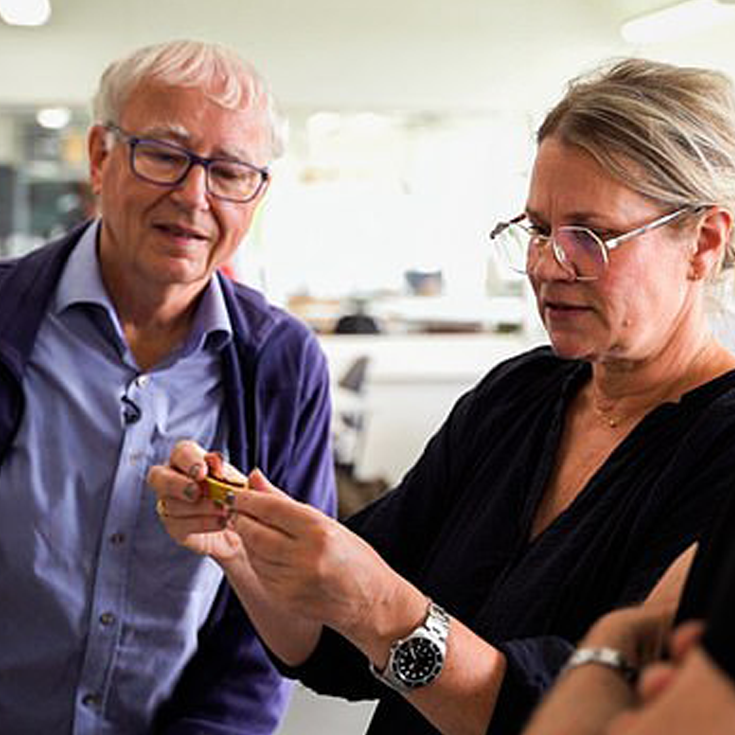Amateur Treasure Hunter Finds 1500-Year-Old Gold With Metal Detector

Ole Ginnerup Schytz had only been out for a few hours when his metal detector began beeping in a field owned by a former classmate of his in Vindelev, Denmark.
After digging up some of the soil he discovered a small piece of metal between his fingers. “It was full of smashes and mud,” he told Danish broadcaster TV2. “I had no idea about it, so the only thing I could think of was that it looked like the lid on a can of sour herring.”
As he continued digging, he found more and more pieces of metal. Turns out, he found 22 precious gold objects in total. When experts excavated the site where Schytz found the treasure, they discovered the ruins of a village longhouse.
Scytz says that his finding, one of the largest in Danish history, was “the epitome of pure luck.”
The stash contains medallions called bracteates that are beautifully adorned with magic symbols and runes, an early form of writing. Women would have worn these for protection, because people, at the time, thought gold came from the sun.
According to experts, the treasure trove provides critical clues into how Norse mythology arose partially from Roman religion and art. The objects’ pristine craftsmanship hints that their original owners were probably of very high status.
Archaeologists suspect that the gold was buried to protect it from invaders, or as a last-ditch offering to the gods. The find is said to have come from approximately 536, when a volcanic eruption in Iceland covered the sky in ash and caused widespread famine in Scandinavia. Several other gold troves found in the area, including a group of 32 artifacts unearthed on the island of Hjarnø, have been dated back to around the same time.
Image source: Daily Mail


 Previous
Previous
